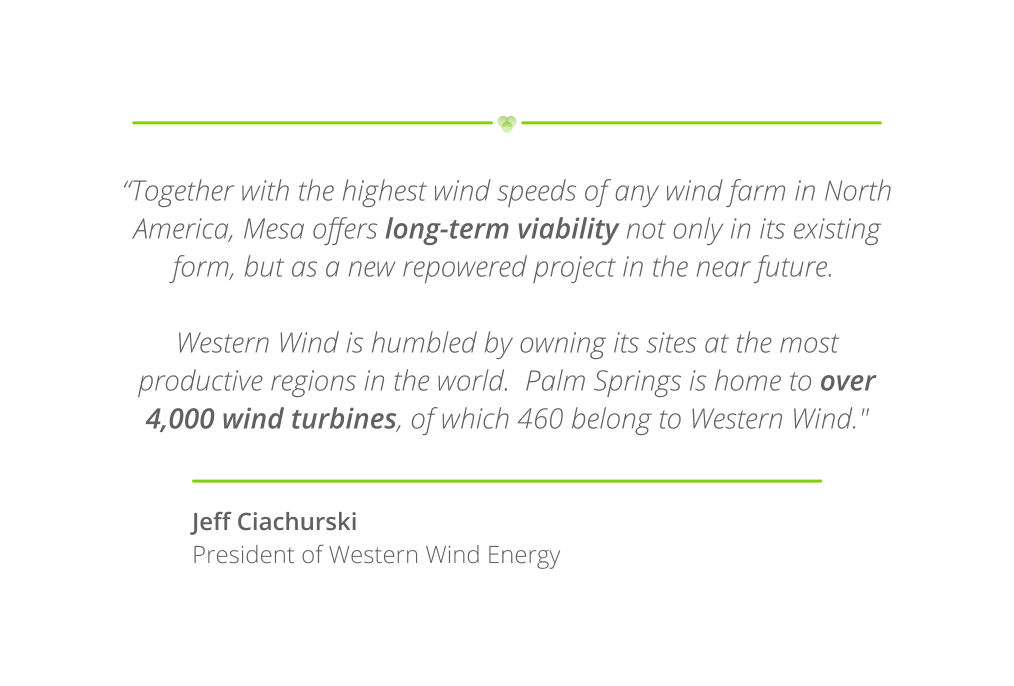A talk on efficient wind turbine asset management is incomplete without answering the question; ‘what happens to turbines after their useful life?’ Dismantling them is easy. And yes, it is an option. But with this great weather, why would you?!
As most of the world’s first-generation turbine fleets reach their end of life, the great minds in wind want to make sure they have a convincing answer to this query.
Generally speaking, turbines that are about to retire can be treated in two ways. When dismantling isn’t the best option, old turbines are either refitted with necessary upgrades, or repowered with better components.
There are pros and cons of both strategies. However, they share a common end goal, i.e. to make wind turbine asset management efficient. And talking about efficiency brings us to the subject of renewable asset investments.
These aging wind farms have to be put under the microscope. For the watchful eyes of those seasoned investors. These stakeholders play an important role in determining the fate of the turbines under consideration.
After all, the investment needed to continue producing clean power has to be approved by them.
Case in Point: Repowering the Mesa Wind Farm
The Mesa Wind Farm, located in Palm Springs, California, consists of some of the oldest renewable energy assets in the United States. A 30MW wind project, built in 1983, the Mesa Farm is home to 460 lattice towers. These range between 85 and 140 feet.
While the veteran project has been an inspiration to the clean power industry, it doesn’t compare to the scale of the wind projects in the pipeline today.
For context: Traverse is the largest wind farm under construction in Oklahoma as we speak. With a capacity of 999MW, it aims to power 300,000 homes annually. In comparison, the mighty Mesa Wind Farm represents a mere 3% of this investment.
Fast forward four decades, the US Bureau of Land Management is now considering proposals to repower these 460 turbines. The wind farm will generate the same amount of power with a mere 11 turbines once improvements are implemented. Needless to say, these mammoth towers will be exponentially more efficient, reducing the occupied area by 10 acres.
Perhaps the biggest benefit of this makeover on Mesa’s wind turbine asset management will be the performance of the turbines on non-peak days. When the wind direction and speed are not favorable, the improved software and equipment will enable the turbines to produce way more power than the old 460 combined.

Within North America, the Mesa region is known for record wind speeds of almost 24 miles per hour. Therefore, not only has this project been a success since installation, a life extension strategy for these renewable energy assets makes for a very lucrative investment.



